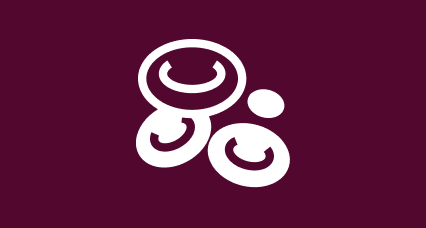Childhood acute myeloid leukaemia (AML)
Childhood acute myeloid leukaemia (AML) is a rare type of childhood leukaemia. Each year around 100 children and young adults under 19 years old are diagnosed with AML in the UK.
This information is for adults caring for a child or young adult under 19 years with AML.
We have separate information for older adults with AML.

What is childhood AML?
In AML, blood cells called myeloid blasts multiply too fast and don't develop properly. This causes problems with other blood cells as well.
Childhood AML explained

Childhood AML prognosis
Most children and young adults respond well to treatment for AML and the chance of long-term survival has improved as new treatments are developed.
Prognosis information

Childhood AML symptoms and tests
Symptoms can be hard to spot as they look like symptoms of other common illnesses. A range of tests will confirm whether AML is the correct diagnosis.
Know the symptoms

Childhood AML treatment
The main treatment is chemotherapy over 5 to 6 months. Many children are treated through a clinical trial, with their parents' agreement.
Treatment options

More information for parents and carers
Read our general information about childhood leukaemia including managing your child's treatment and looking after a child with ALL.
Information and support

Our research into childhood leukaemia
Tackling childhood leukaemia was the main area of focus for our founders and is where we have some of our biggest research breakthroughs.
Find out more
Thank you to Consultant Haematologist Dr Victoria Grandage and Clinical Nurse Specialist Kerry Baker for checking the clinical accuracy of our childhood acute myeloid leukaemia (AML) information.
